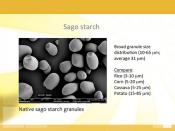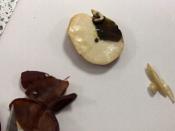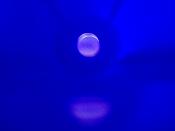The use of positive and negative controls to determine the macromolecules present in an unknown solution
Course # 6130, Wednesday, 7-10 PM, B2-151 Lab performed: September 21st, 2011
Introduction
Every living thing is dependent on large complex molecules, known as macromolecules. The objective of this lab was to correctly identify which macromolecules the unknown solution was comprised of using various substances as experimental controls. There are four major types of biological macromolecules - carbohydrates, lipids, proteins, and nucleic acids - made up of elements such as carbon, hydrogen, oxygen, nitrogen, sulfur, and phosphorus in various combinations. Macromolecules are essential for survival; they provide structural support, a source of stored fuel, the ability to store and recover genetic information, as well as the ability to speed up biochemical reactions; hence their importance in biological systems is notable. (Prakash, 2008).
The control samples have a known outcome; in this lab both positive and negative controls were used to determine the identity of the unknown solution.
The macromolecules being tested in this lab were carbohydrates (monosaccharides and polysaccharides) and proteins. To identify the presence of these macromolecules in a substance, three different tests were performed. Lugol's iodine solution was used for identification of starch and glycogen - polysaccharides - in the twelve solutions. A positive outcome of the test results in a colour change; blue-black in the presence of starch and a red-brown in the presence of glycogen. A negative outcome results in no colour change and all solutions remain a very pale yellow (Pavia, 2005). Benedict's solution was used to identify the presence of reducing sugars; the aldehyde functional group is the part that reacts in the test. A positive indicator of the test is the formation of a coloured precipitate of the blue solution, ranging from yellow-green to red-brown (Hequet and...


